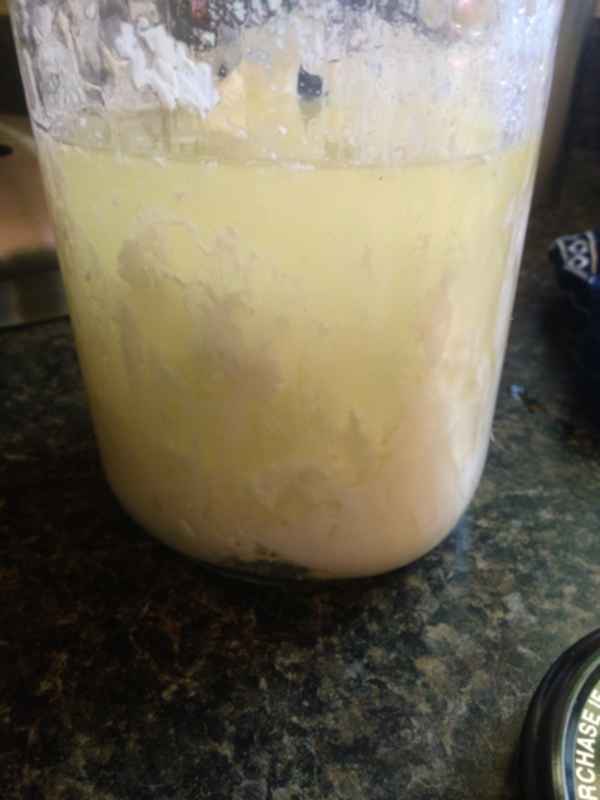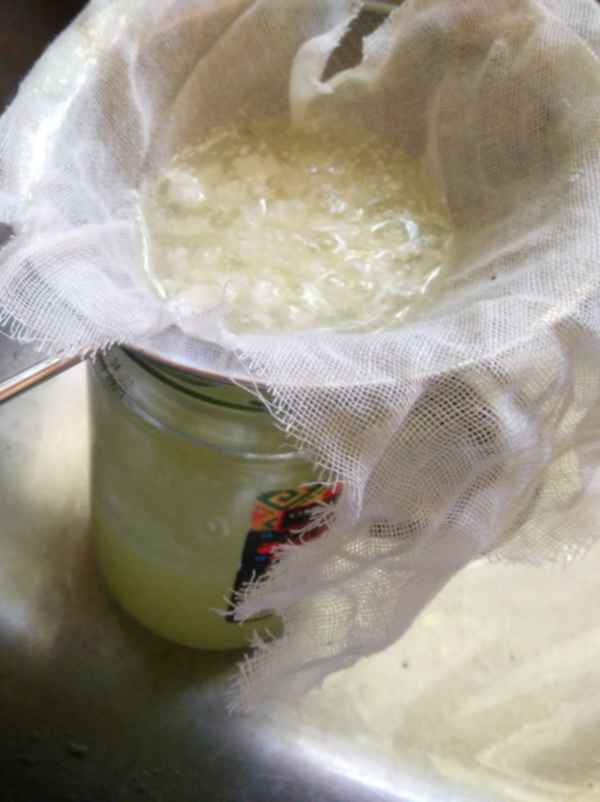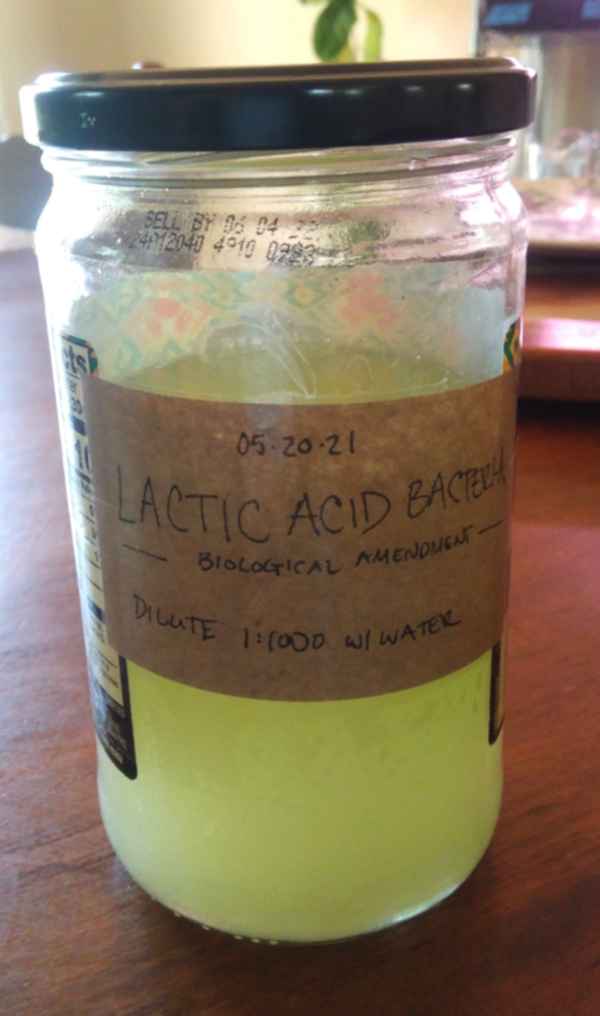← The Journal
Lactic Acid Bacteria (LAB)
LAB is a Korean Natural Farming (KNF) technique for improving nutrient uptake in plants. Lactic Acid Bacteria is also known as Lactobacillus and is more commonly known for its use in cheesemaking and food fermentation. It has numerous benefits in the garden including improving soil health and fertility, decreasing pests and disease, bioremediating contaminated soils, stimulating healthy plant growth, and buffering soil pH (see source).
Microorganisms, like bacteria, are what allow plants to access the nutrients required for survival. Organic nutrients in the soil are digested by the microorganisms and expelled as inorganic elements that plants can then consume. LAB helps to ensure that plants are receiving the nutrients they require in the event there is a shortage of microorganisms already available to do so. When bacteria is present and balanced in soil it can support the life of other important microorganisms like protozoa, nematodes (yes, there are good ones), and arthropods.
Recipe
- Rinse uncooked rice, saving the water that you use to do so.
- Cover the rice water jar with a paper napkin or cheesecloth. Leave it on a counter out of direct sunlight for 2-3 days.
- With a spoon remove residue floating on top of the rice water and discard it.
- In a large glass jar combine 1 part rice water with 10 parts organic milk. Remaining rice water culture can be stored in the refrigator for future use. This is the raw bacteria culture.
- Cover milk/rice water combination with a paper napkin or cheesecloth, secured with a band or string. Leave it on a counter out of direct sunlight for 6-7 days.
- A curd should collect, either on top or bottom of the jar, and will have a pungent smell. Gently remove the curd with a spoon; this is full of beneficial bacteria and can be added to the garden, compost, or fed to chickens.
- Strain the remaining yellow-tinted liquid through a seive lined with cheesecloth and into a new jar. This is your finished product.
- Label, date, and secure with fitted lid (old salsa jars work great for this). Store in refrigerator for 6 months or more. Odor should remain sweet, otherwise discard.



Application
Dilute to 1:1000 with fresh non-chlorinated water (~1 tsp per gallon of water). Apply as light mist foliar spray or soil drench in early morning or late afternoon when the plant's stoma are open. It is most effective after rain or during irrigation and can be combined with organic plant food such as FPJ, organic fish and seaweed fertilizer, or compost tea at time of application.
Additional resources
- Application of Lactic Acid Bacteria (LAB) in Sustainable Agriculture: Advantages and Limitations
- The Regenerative Growers Guide to Garden Amendments by Nigel Palmer
- Cho's Global Natural Farming published by SARRA
- University of Hawai'i Natural Farming: LAB
- Chris Trump Natural Farming: LAB
- No-Till Market Garden Podcast: Chris Trump - Korean Natural Farming
